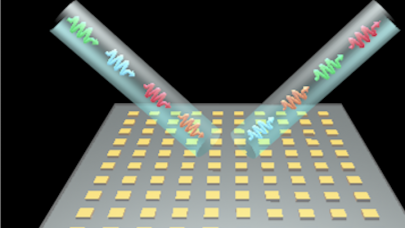For HPC and supercomputer fanatics, student cluster-building contests are the supercomputer equivalent of the NCAA college football championships. At least, they are at the major supercomputer conferences.
 |
|
| 2012 SCC Winners from U Texas | |
There are three major contests around the world. The Student Cluster Competition (SCC) at the US-based Supercomputing Conference (SC) is the most famous, partly because SC started the sport at its 2007 event. Usually about eight teams compete, coming from universities in the US, Europe and Asia.
At SC12, the University of Texas at Austin won the prize. Of course, it had a home advantage because the staff at the Texas Advanced Computing Center (TACC) lent a hand as advisors. The team got the highest Linpack score ever for SCC, more than a teraflop. The cluster stayed cool by bathing in mineral oil.
What about the other contests? UK’s The Register has a rundown. The International Supercomputer Conference (ISC) held its first competition last year, with teams from the US, Germany and China. The 2013 meeting will feature nine competing teams. The third is the brand-new Asia Student Supercomputer Challenge (ASC), which will hold its finals this year in April in Shanghai, China. That one will feature at least 30 teams.
It takes months to prepare for the contests, including finding a sponsor to supply money and components. They then design, build, tune and test the clusters. When the conference starts, they take the systems to the competition (or run them remotely from their home country) and run applications and benchmarks for several days. Judges determine the winners, but there are often votes from the audience for “fan favorites.”
There are power limitations as well; no more than 3,000 watts to run everything except the PCs monitoring the power usage.
If you’re betting on winners, look for competitors from universities with their own supercomputer centers.
In the last three years, peak LINPACK performance of the student winners has increased an impressive 335 percent.
Of course, in the same time frame, the professionals competing in the TOP500 have increased their performance by over 900 percent. They have more money to spend.
Related Articles
Student Cluster Challenge Makes ISC Debut
Teams for ISC13 Student Cluster Challenge Announced
U Texas Team Conquers SC12’s “Student Cluster Challenge”
Students Build Supercomputer in SC12’s Cluster Challenge

























































